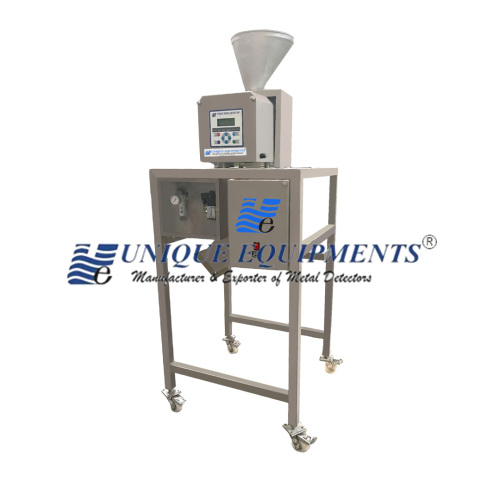What Type of Maintenance Should I Expect After a Water Heater Replacement?
Introduction
Replacing your water heater is a large home improvement undertaking that does not finish with installation. Your new water heater, like any other device, will require regular maintenance to ensure that it runs efficiently. Proper maintenance ensures that your water heater lasts for many years and performs at full efficiency, saving you money on energy costs and avoiding costly repairs. So, what type of maintenance can you expect following a water heater replacement? Let’s dive in!
Understanding Your New Water Heater
First, determine the type of water heater you have. Whether it’s a standard tank-style heater or a tankless device, both require particular maintenance duties to keep things working well.
- Traditional Tank Heaters: These heaters can hold and heat vast amounts of water at once. They require more frequent inspections for silt buildup and corrosion.
- Tankless Water Heaters: These units heat water on demand, so there is no tank to worry about, but they still require frequent descaling, especially in places with hard water.
Why Regular Maintenance is Essential
Maintaining your water heater is more than simply avoiding malfunctions; it’s also about keeping it energy efficient and extending its life. Without adequate maintenance, your water heater might lose efficiency, increase your energy bills, or, worse, fail completely.
Regular maintenance helps:
- Increase longevity: A well-maintained water heater can endure for 15 years or more.
- Improve efficiency: Clean components and precise settings minimize the amount of energy required to heat your water.
- Prevent unexpected breakdowns: Regular inspections assist in identifying minor faults before they become severe concerns.
Monthly Maintenance Tasks
- Checking for Leaks: A short monthly leak assessment can help prevent water damage and identify potential issues with your water heater. Pay particular attention to the pipes, valves, and base of the device.
- Monitor Water Temperature: Set your water heater temperature to roughly 120°F to avoid scorching and save electricity. A greater temperature can also cause mineral formation, particularly in tank-style heaters.
Also Read: How to Spot Early Signs of Water Damage Due to Plumbing Leaks
Quarterly Maintenance Tasks
- Flush the Tank: In older water heaters, silt from hard water can accumulate inside the tank, limiting efficiency. Flushing the tank every few months helps to remove these deposits and maintain adequate heating.
- Inspect the Anode Rod: The anode rod prevents corrosion by drawing corrosive elements from the water. It eventually wears out and needs to be replaced. Check it every few months to see if it’s still in good condition.
Annual Maintenance Tasks
- Deep Clean the Tank: Even with frequent flushing, your water heater can still accumulate accumulation inside the tank. An annual comprehensive cleaning can keep your heater functioning smoothly and lower the likelihood of blockages or poor water flow.
- Inspect the Pressure Relief Valve: The pressure relief valve is an important safety element that releases water if the tank becomes too pressured. Once a year, test this valve to ensure it is functioning properly.
- Professional Servicing: While you can do many maintenance duties yourself, it’s a good idea to have a professional examination once a year. A technician can identify potential problems and carry out more complicated maintenance procedures.
Common Signs Your Water Heater Needs Maintenance
Be on the lookout for symptoms that your water heater requires some attention.
- Strange Noises: Popping, slamming, or rumbling sounds may indicate sediment buildup inside the tank.
- Inconsistent Water Temperature: If your water varies between hot and cold, it may indicate that your heater is having difficulty maintaining temperature, maybe owing to sediment or a broken thermostat.
Flushing Your Water Heater: A Step-by-Step Guide
Regularly flushing your water heater is essential to remove sediment buildup that can reduce efficiency. Here’s how you can do it:
- Turn off the water heater (gas or electric).
- Attach a hose to the drain valve.
- Open the valve and drain the water into a bucket or outside.
- Close the valve and refill the tank with fresh water.
Checking and Replacing the Anode Rod
The anode rod plays a crucial role in preventing corrosion inside your water heater. To check it:
- Turn off the water and power to the heater.
- Locate the anode rod at the top of the tank.
- Use a wrench to remove it and inspect for corrosion. If it’s significantly worn down, replace it.
Testing the Pressure Relief Valve
To test the pressure relief valve:
- Place a bucket under the valve.
- Lift the valve’s lever to release water. If no water comes out or it leaks after testing, it may need replacing.
Insulating Your Water Heater
Adding insulation to your water heater can increase efficiency by reducing heat loss. You can purchase a water heater insulation blanket and wrap it over the tank, making sure not to cover the thermostat or pressure relief valve.
Setting the Correct Temperature
Set your water heater’s temperature to 120°F for maximum energy efficiency and safety. This reduces overheating, saves energy, and avoids dangerous burns.
When to Call a Professional
If you notice any of the following issues, it’s time to call a professional:
- Persistent leaks
- Strange sounds even after flushing
- Water that’s not heating properly
How to Extend the Life of Your New Water Heater
To maximize the lifespan of your water heater:
- Perform regular maintenance.
- Insulate the tank.
- Stay on top of repairs and replace parts like the anode rod when necessary.
Conclusion
Routine maintenance after a water heater replacement ensures that your new equipment performs smoothly, lasts longer, and avoids costly issues. By doing monthly, quarterly, and annual checks, you may enjoy constant hot water while conserving electricity.














Post Comment